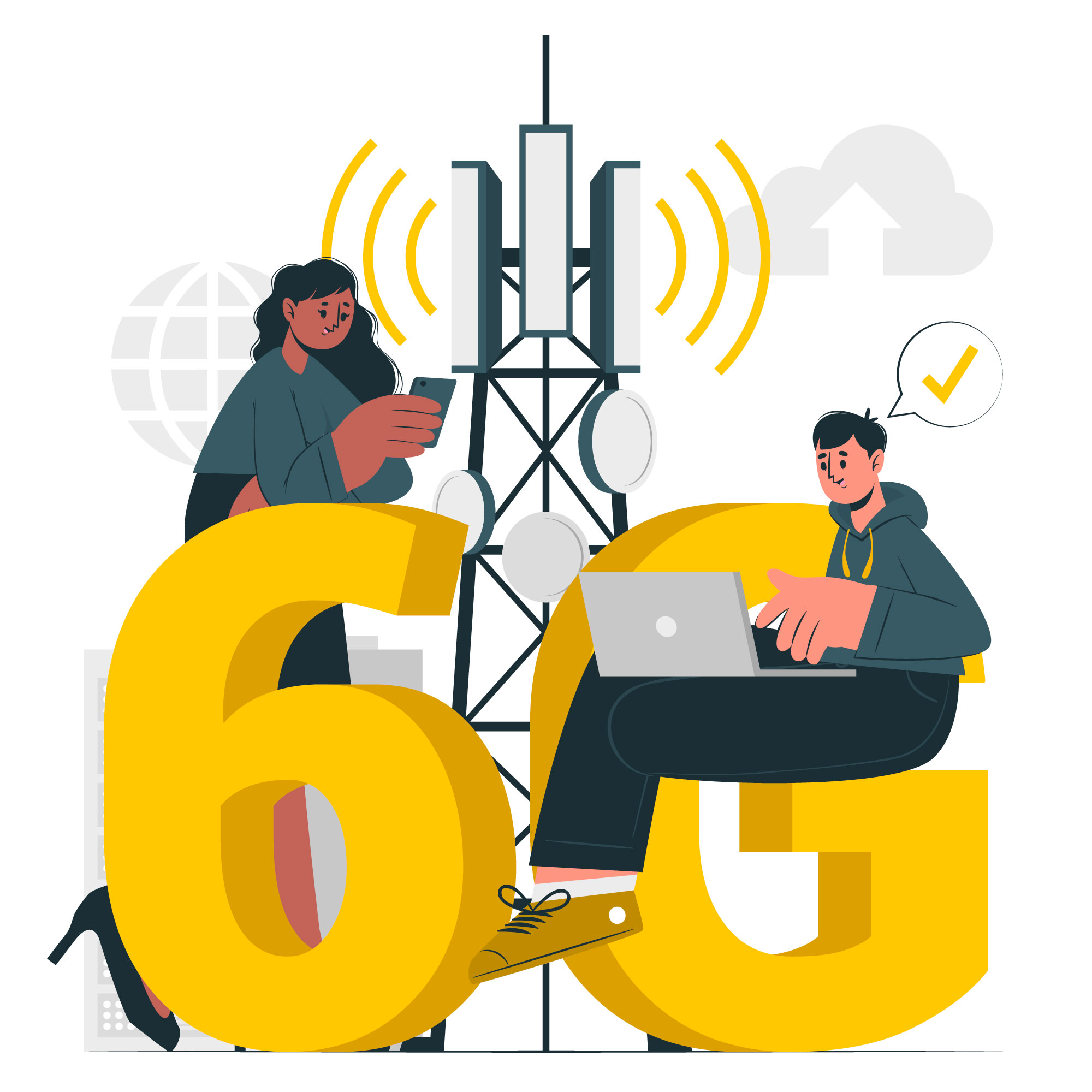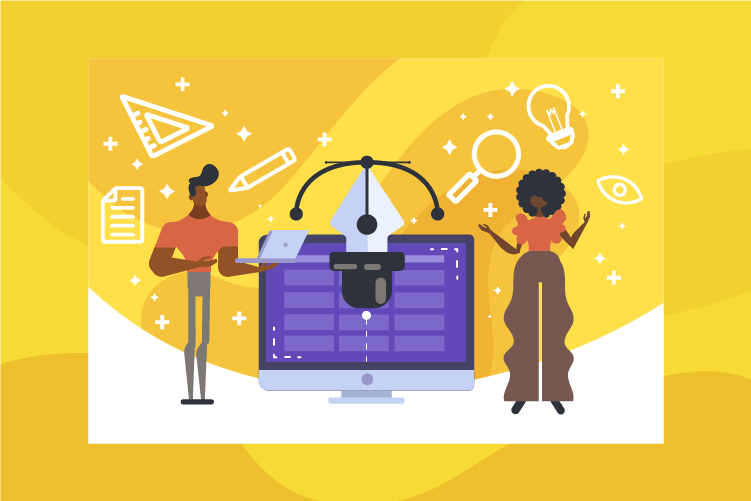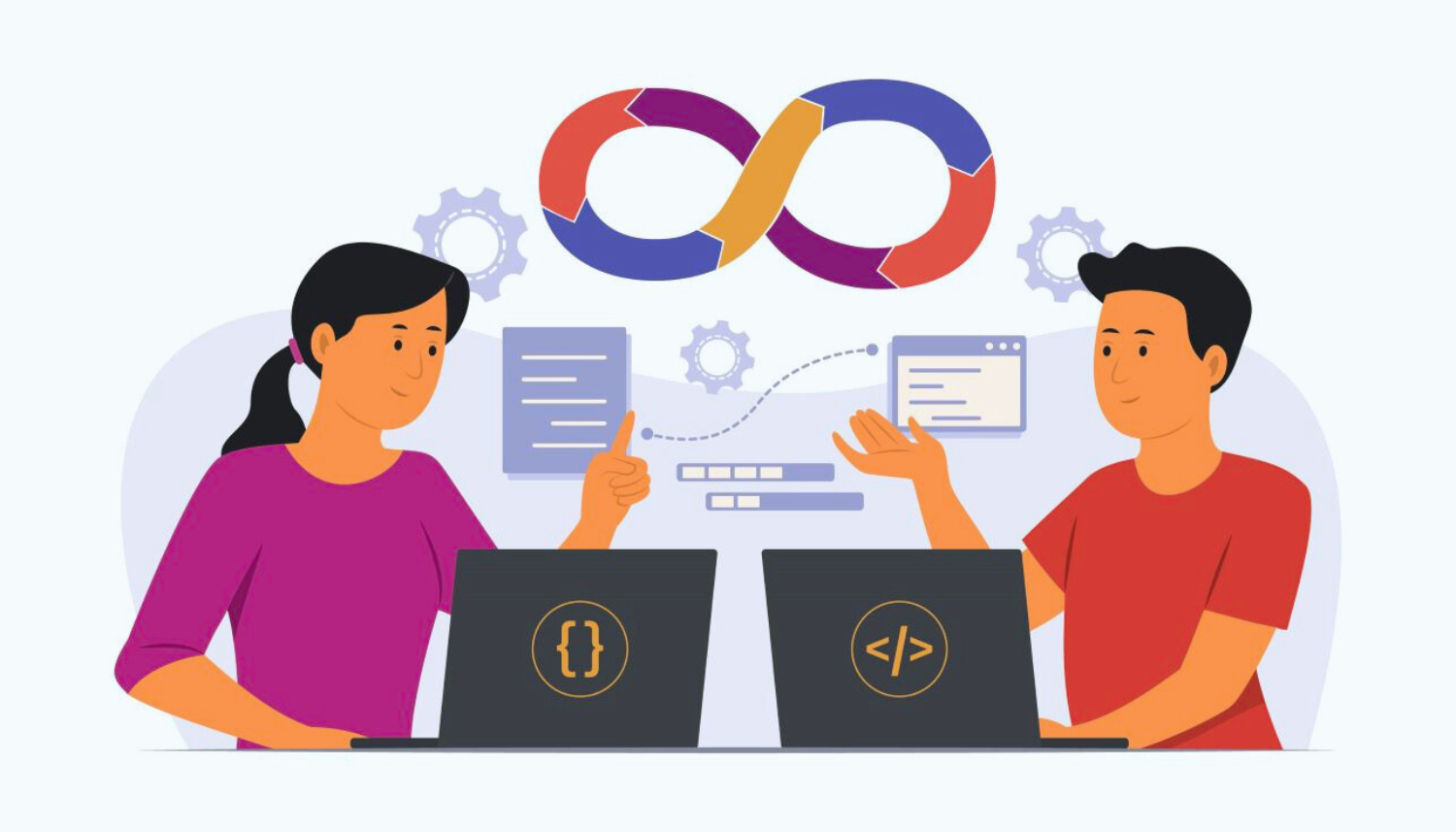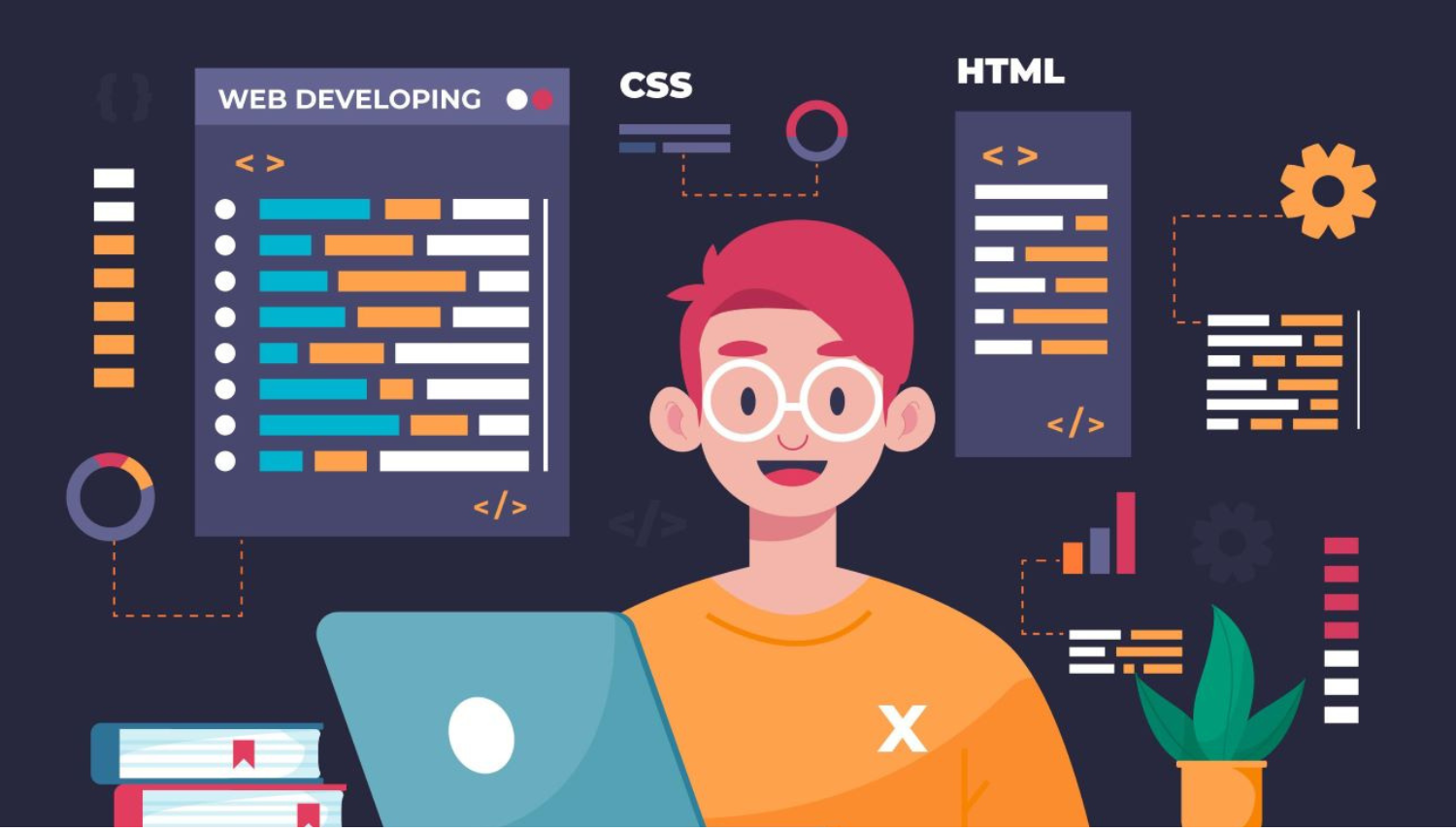Automate Your Workflow: How Python Can Save You Time and Effort
- BY raiseinfosoft
- August 7, 2024
- 0 Comments
In the modern workplace, efficiency is crucial. Automation is a powerful way to streamline repetitive tasks, and Python is a versatile tool that can help you achieve this. Known for its simplicity and wide range of applications, Python can automate many aspects of your workflow, saving you time and reducing manual effort. In this post, we’ll explore how Python can be used for automation and highlight some of the latest trends and techniques in the field.
Why Automate with Python?
Python stands out as a top choice for automation due to several key factors:
1) Ease of Learning: Python’s straightforward and readable syntax makes it accessible to both beginners and experienced developers.
2) Extensive Libraries: Python offers a rich collection of libraries and frameworks that simplify the automation of various tasks.
3) Strong Community Support: With a vibrant community, Python users benefit from extensive resources, tutorials, and tools.
Trending Python Automation Techniques
Here are some of the most effective and trending ways to use Python for automation:
1) Automating File Management
Managing files and directories can be a tedious task. Python can automate operations such as copying, moving, renaming, and deleting files. By using Python scripts, you can manage large numbers of files efficiently, which is especially useful for tasks like organizing data or handling backup processes.
2) Web Scraping
Python is a popular choice for web scraping, allowing you to extract data from websites and automate the collection of information. This can be incredibly useful for tasks like monitoring prices, gathering competitive intelligence, or collecting data for research purposes.
3) Automating Email and Communication
Python can be used to automate email-related tasks, such as sending and receiving emails. Automating email communications can streamline processes like sending reports, notifications, or reminders, thus saving time and reducing manual effort.
4) Data Manipulation and Analysis
Python’s libraries, such as Pandas and NumPy, make data manipulation and analysis straightforward. Automating data cleaning, transformation, and analysis can save time and reduce the risk of errors, making it easier to manage and interpret large datasets.
5) Scheduling and Task Automation
With Python, you can schedule tasks to run at specific times or intervals. This is useful for automating routine tasks such as generating reports, performing system backups, or executing regular maintenance tasks.
Best Practices for Python Automation
To get the most out of Python automation, consider the following best practices:
1) Start Small: Begin with simple automation tasks and gradually expand as you become more comfortable with Python.
2) Use Virtual Environments: Manage your project dependencies and avoid conflicts by using virtual environments.
3) Test Thoroughly: Ensure your scripts are well-tested to handle various scenarios and edge cases effectively.
4) Document Your Code: Keep your code well-documented to facilitate future maintenance and improvements.
The Future of Python Automation
Python continues to evolve, and the future of automation is promising. Emerging technologies such as machine learning and artificial intelligence are increasingly being integrated into Python automation, allowing for more sophisticated and intelligent workflows.
Trending Tools and Libraries:
1) pytest: For testing and debugging automation scripts.
2) APScheduler: For advanced scheduling needs.
3) Selenium: For browser automation and web testing.










